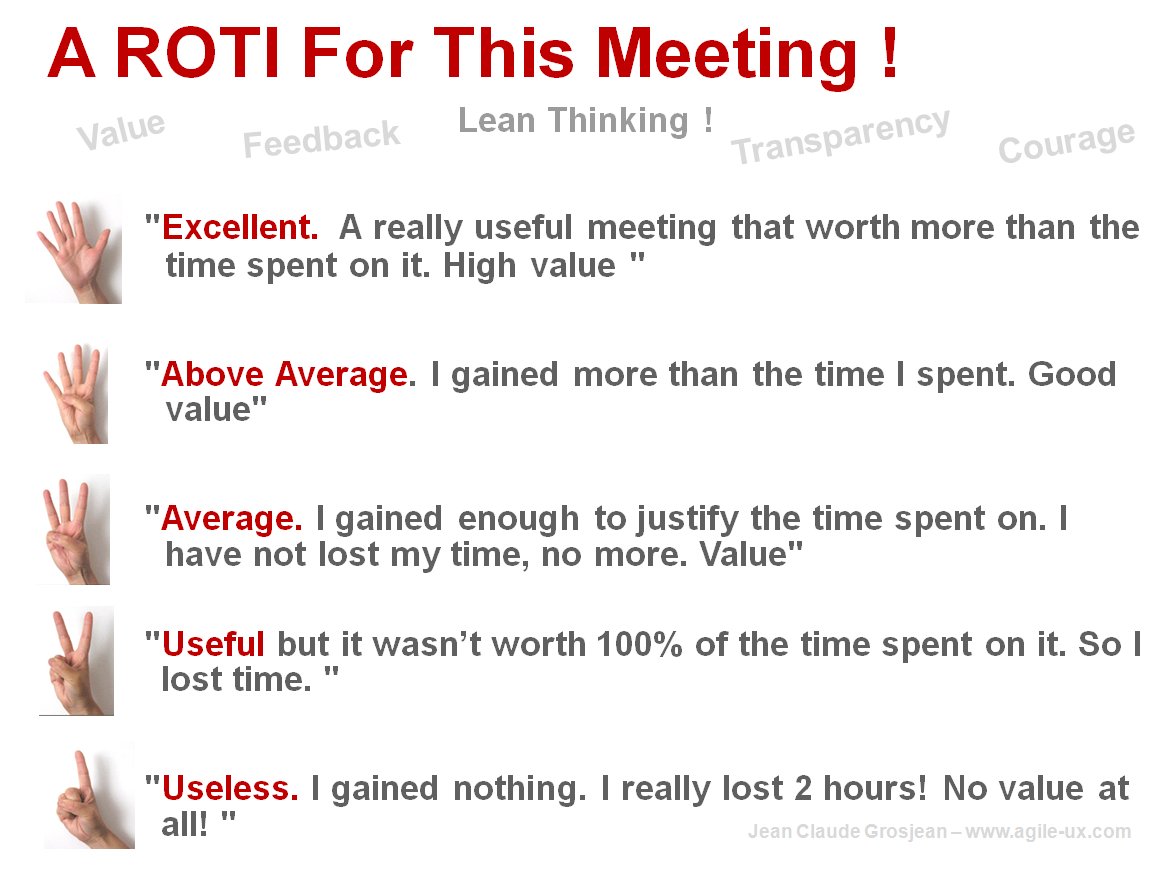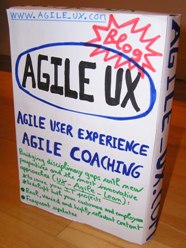Posted by jc-Qualitystreet on 2010/11/15
During an agile transition program, do not let your managers by the roadside! Rather help them to become Agile managers and to control the evolution of their profession.
The « era of management 3.0« (agile and lean) is announced so make the middle manager a key player for change, between opportunity and necessity…
The case of middle management
« Top-Down » or « Bottom-Up », there is no debate anymore. We know today that a top management support and the ownership by the teams are both essential to ensure the success of the transition to agility. No, the issues of the Agile Enterprise are now in intermediate managerial layers of the organization.

Towards an Agile Middle Management
How to approach them? How to convince them? How to transform them?
My experience with Agile projects and agile coaching in various sectors (banking, industry, software vendor …) showed me that this is the middle management that holds the keys to agility on the Long Term. Indeed, middle managers can be the most active supporters or the worst impediment and therefore the most dangerous opponent of the agile transformation.
The opportunity to become an Agile Manager…
With only one goal: the success of teams…
The « Command & Control » management style based on Taylorism and scientific management (OST) has shown its limits… the agile manager explores new dimensions (mostly related to facilitation & leadership) to ensure the success of all. The role within an agile organization becomes a clever trade-off between maintaining / abandoning some responsibilities and acquiring new skills.
So, even if every management role is unique, context-specific, here is the list of the 6 core activities of the Agile manager:
- (Still) Manage the portfolio of projects and coordinate with other managers
- Define projects strategy at the organization level
- Set priorities
- Define budget and resources
- Do the staffing
- Work with peers as a team
- (Still) Manage recruitment
- Hire people
- But also fire and solve potential conflicts
- Support Projects and Agile self-organized Teams
- Promote autonomy and self-organization
- Remove impediments that the team or ScrumMaster are not able to manage
- Manage logistics
- Buy the supplies
- Challenge teams and help them to improve their knowledge about products, tools, technologies, methods…
- Create a relationship of trust, develop (career) and motivate people
- Make yourself available
- Get to know each person and his work
- Facilitate the acquisition of new skills
- Give feedback
- Give work recognition
- Delegate tasks
- (Still) Create an environment for success and energize change
- Communicate the vision
- Give a direction
- Adopt the appropriate management style
- Simplify usage
- Seek performance through appropriate tools and processes based on continuous improvement and waste elimination
- Initiate, support and animate communities of practices
- Give time and resources to agile communities, ScrumMaster, Product Owner, Agile Manager, Architects, UX Groups …,
- Promote communities of practices in the organization
And my role as an Agile Coach?
Engage conversations with managers and support them in their journey toward becoming an AGILE MANAGER !
Posted by jc-Qualitystreet on 2009/02/13
Forget SCRUM failure debate for a minute…
What is really working on Agile projects ?
What kind of activities enable your team to deliver as fast as possible an outstanding product ?
Well, I’d say SCRUM; I’d say SCRUM practices but not only…
SCRUM is (too) popular now: latest statistics (2008) from Version One show that 71 % of agile teams are using it, with or without XP.
Great ! SCRUM is the best framework for project collaboration. It is also a simple process based on feedback and adaptation, ensuring high visibility and velocity.
SCRUM respects people and seeks to provide the highest value to the customer through powerful and mature practices: Integrated Team, Daily Scrum, Retrospective, Iteration planning, Short Iterations, Information radiators…
SCRUM is for sure the agile foundation of your projects, but this fantastic framework doesn’t cover everything :
- No recommendations on User Experience, Agile testing, Development practices, all so crucial on IT projects
- Partial and insufficient recommendations on Process Improvements and Cultural Changes (organization level)
My conviction : ADDITIONAL KEY ELEMENTS are required to succeed (their relative importance is contextual and depends on the nature of the project):
- User Experience activities (Interaction Design, Usability, Information architecture have proved their efficiency to support Team work and to facilitate project progress); and UX is directly linked to business value !
- Appropriate Agile Testing strategy, based for example on Brian Marick, Agile testing Quadrants (a great model)
- Lean thinking (Long term Philosophy and other management principles from the TPS or LSD, eliminate waste, amplify learning, deliver fast, …) applied to processes and organization
- XP Development best practices (still extreme in 2009?)
Anything else for you ?
Posted by jc-Qualitystreet on 2009/01/09
VALUE, FEEDBACK & ADAPTATION, COURAGE, TRANSPARENCY: this is the Lean and Agile mindset.
More than ever focus on value and waste elimination are organizations’ high priorities : lean thinking must drive our projects. And it starts by your meetings !
ROTI (Return on Time Investment) is a quick and easy method to gauge the time spent on meetings or workshops, and to improve their effectiveness.
How does it work ?
Take 5-15 minutes at the end of the meeting to ask participants to rate their return on time invested, using the Fist of Five technique and this 1-5 scale:

If you receive a majority of 1 or 2 fingers votes, you know there is a problem. Anyway, discuss with the participants who rated 1 or 2, discover why and react, plan to do something else, better, the next time.
I use the Return On Time Invested technique intensively (meetings, workshops, conferences), and really appreciate it. It’s VISUAL and provides you with IMMEDIATE FEEDBACK (but are you ready to receive it ?). The focus on what is really valuable but also commitment, empowerment, transparency, continuous Improvement are the key benefits I notice.
ROTI is quick, easy, sometimes funny, and works very well, even with top management.
Two good referrences (article and book):
Posted by jc-Qualitystreet on 2009/01/07
My name is Jean Claude Grosjean. I am a consultant and an Agile coach.
User Experience and Agile methods are my interests, those I want to promote through this blog.
French readers can still folow me on Qualitystreet.fr (Ergonomie, Experience Utilisateur et Methodes Agiles) and Ux-mobile.com (Pour une expèrience Mobile réussie).



